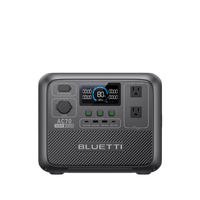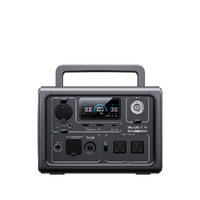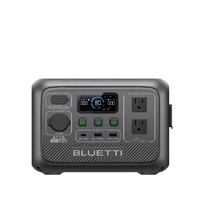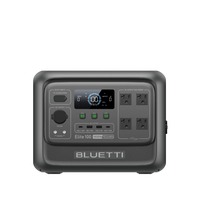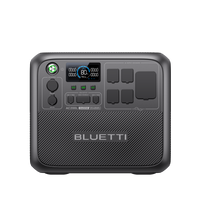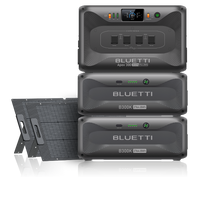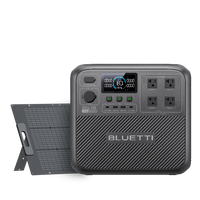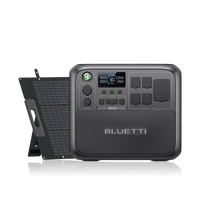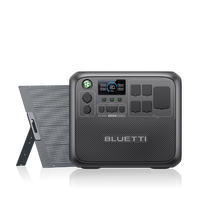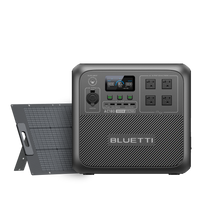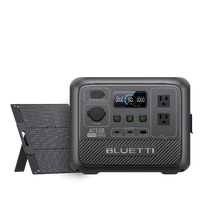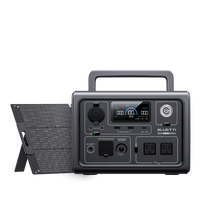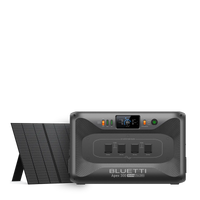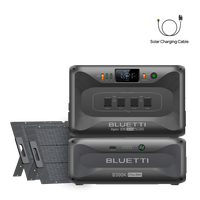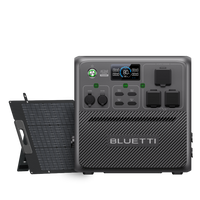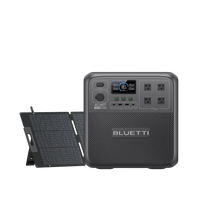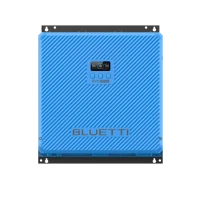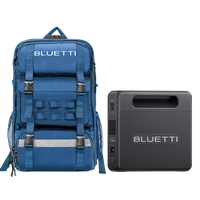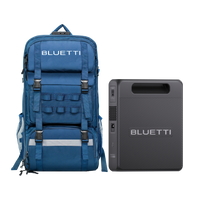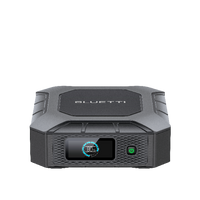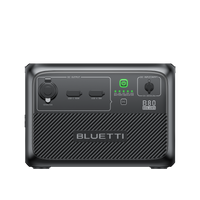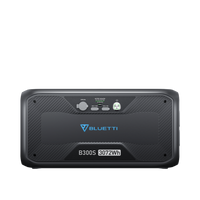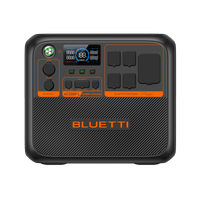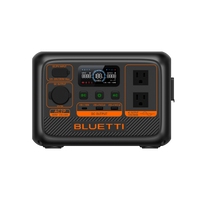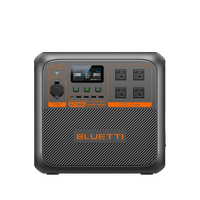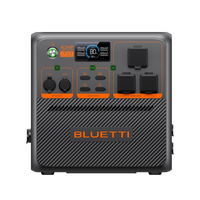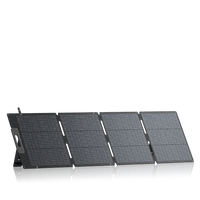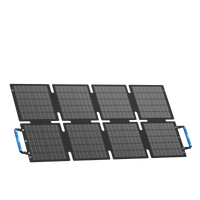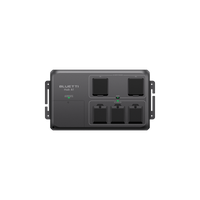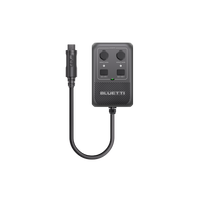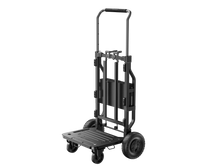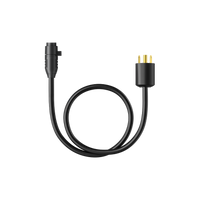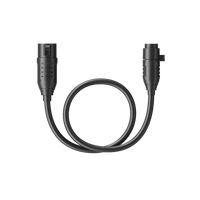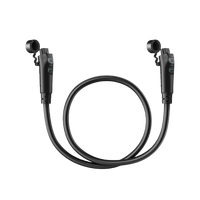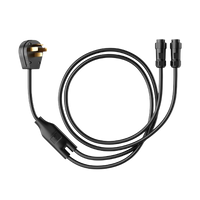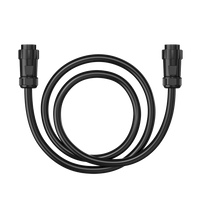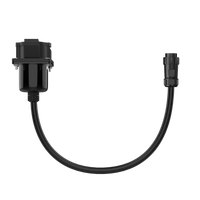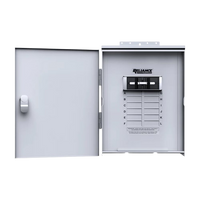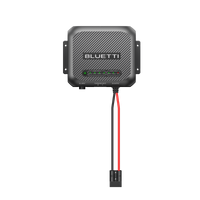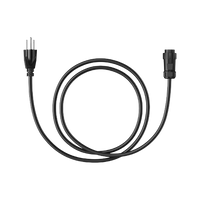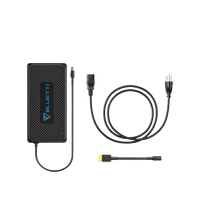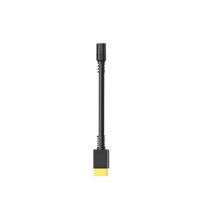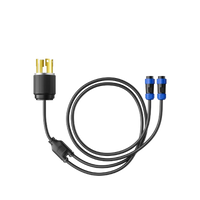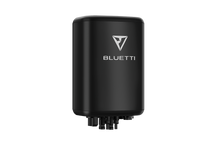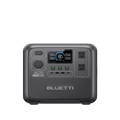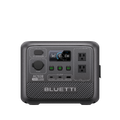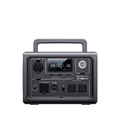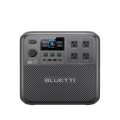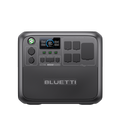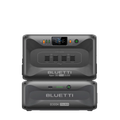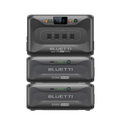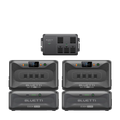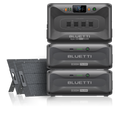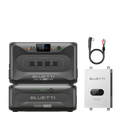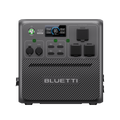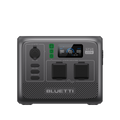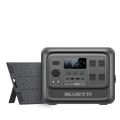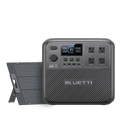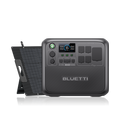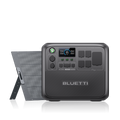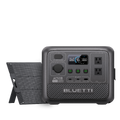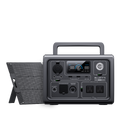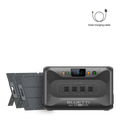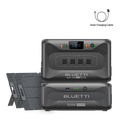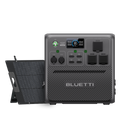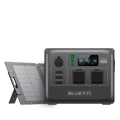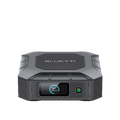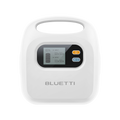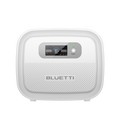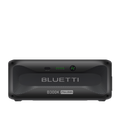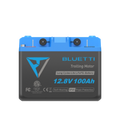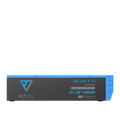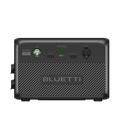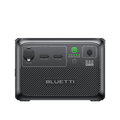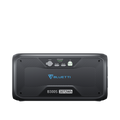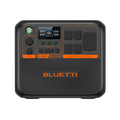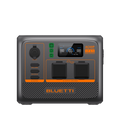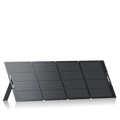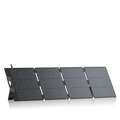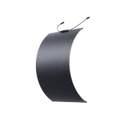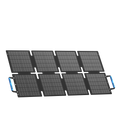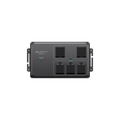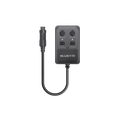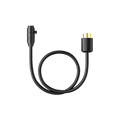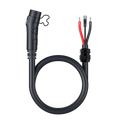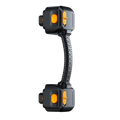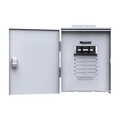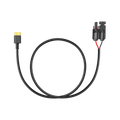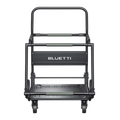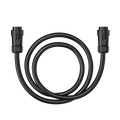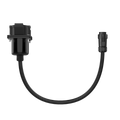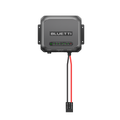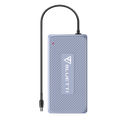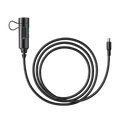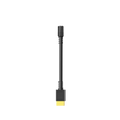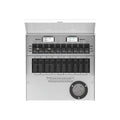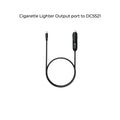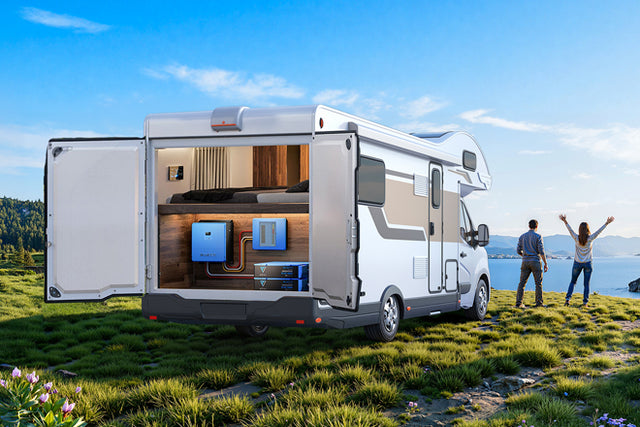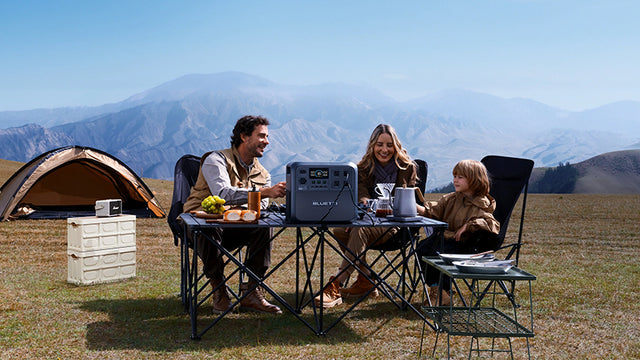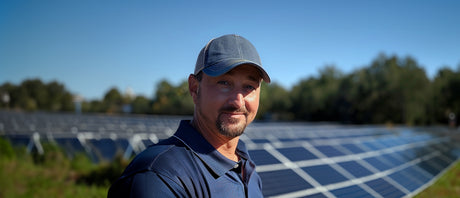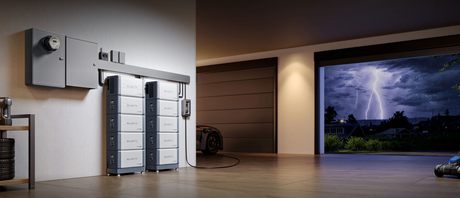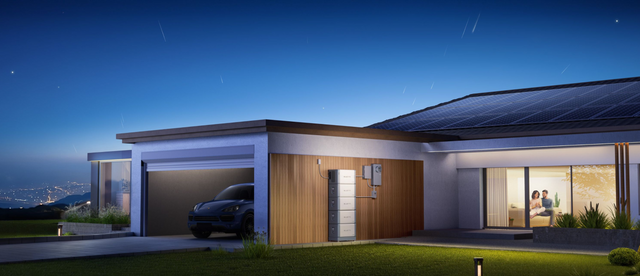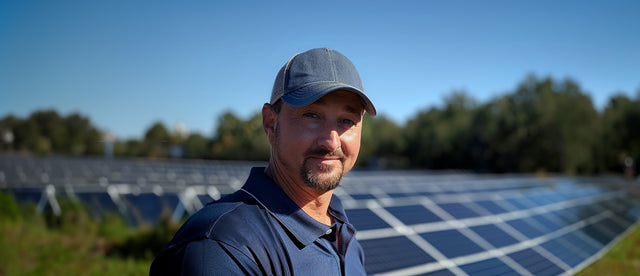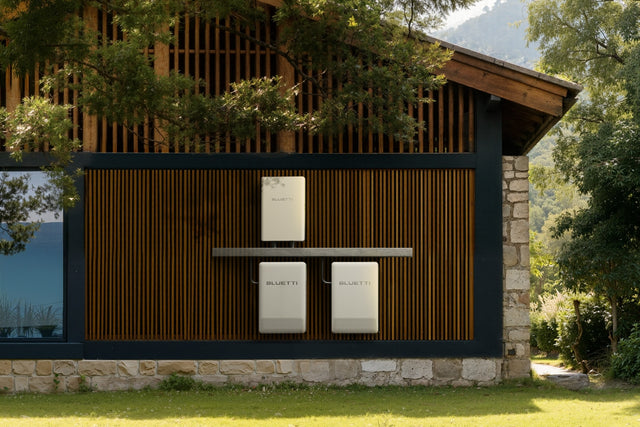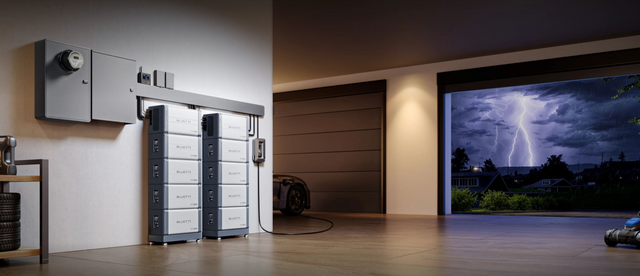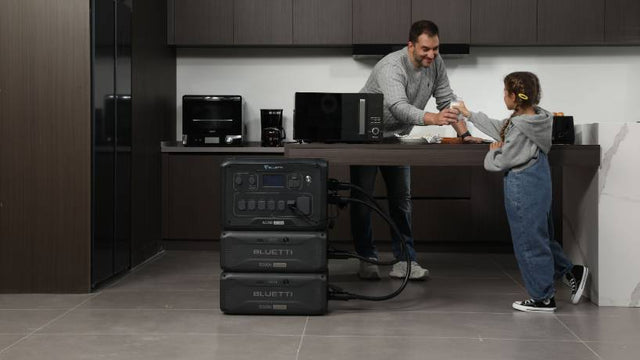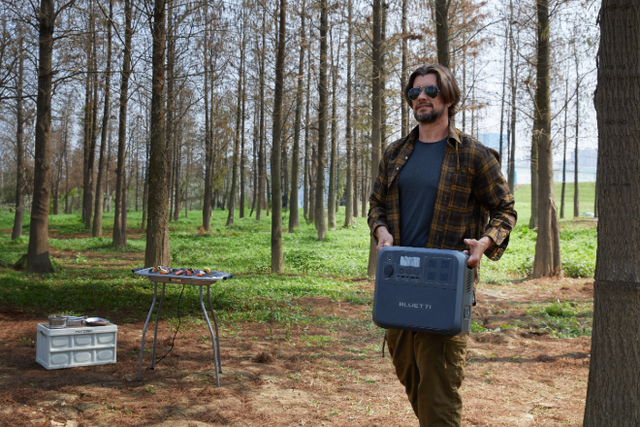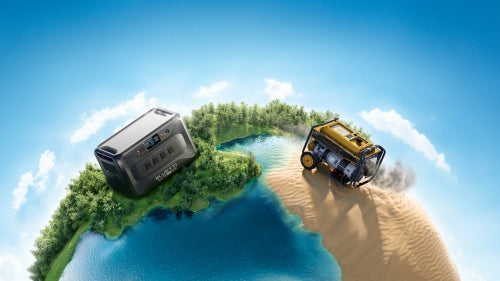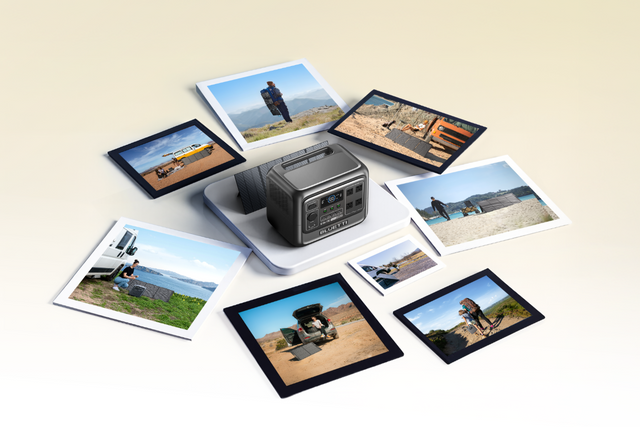Your cart is empty
Shop our productsVacuum cleaners have become one of the most important appliances in the home. They help clean and ensure a healthy and livable environment. This is why understanding the energy consumption of vacuum cleaners is so crucial.
How much energy the vacuum cleaner uses will determine its efficiency, cleaning power, total energy costs, and even how suitable it is for off-grid use. Vacuum cleaners typically use 500-1,800 watts of power. Of course, it ultimately depends on the model, size, and usage.
Energy-efficient models are particularly highly sought after for off-grid living, where access to the grid is limited. In this post, we look at wattage and how it affects the performance and costs of vacuum cleaners, so you can make an informed choice when choosing your vacuum.
What Affects Vacuum Cleaner Wattage?

Wattage is the rate of power consumption (in watts). This will affect its performance in terms of efficiency of cleaning and the electricity cost. A 1,000 W vacuum uses 1 kWh if run for 1 hour.
A vacuum cleaner with a higher wattage will have a higher suction power, allowing it to pull up dirt from deep carpet fibers, pet hair, and those stubborn areas. However, this will also mean higher energy and power consumption, resulting in higher electricity costs.
Multiple factors can affect the vacuum cleaner's wattage, such as the type of filters, whether it has sensors, the size of the motor, and whether it is bagged or bagless.
The bagged vacuums can maintain a more consistent vacuuming efficiency but tend to draw 20-50 watts more owing to airflow resistance caused by the bag. The bagless vacuums, on the other hand, could start off with stronger suction only to lose efficiency as the dustbin fills up.
Some models come equipped with HEPA filters for significantly better air purification, but with the downside of causing more air resistance. As a result, the motor works harder, resulting in an increase in draw by 30-80 watts, depending, of course, on filter maintenance and the design of the vacuum.
Wattage is a measure of energy consumption and not a vacuum's efficiency in cleaning. Keep in mind that having a higher wattage model does not mean that it will clean better. Cleaning efficiency is determined, however, by factors such as motor efficiency, seal quality, as well as airflow design. Modern vacuums come equipped with more streamlined air channels and motor technology, allowing them to deliver more powerful suction at lower wattages.
A cordless vacuum cleaner will also often feature lower wattage to help in battery power conservation. Full-sized models, on the other hand, will consume more power to support those prolonged cleaning sessions.
If you are considering getting a vacuum cleaner for your off-grid setup and have probably thought about getting a portable power station, then you must understand wattage. This will ensure you pick the right vacuum cleaner that can run efficiently with the amount of power that you have access to.
Once you understand all about your vacuum cleaner's wattage, you can balance its energy consumption and suction power, and enjoy more efficient cleaning while keeping your electricity costs down.
Note that while wattage will show the vacuum's power consumption, it is not an indication of suction power. Modern vacuum models will often come with optimized airflow systems and more efficiently built motors. They are capable of offering powerful suction even at lower wattages. As a result, a 700-watt efficient model could offer greater suction than an old 1200-watt vacuum.
Average Wattage by Type

There are different types of vacuum cleaners available in the market, all with different average wattages. As a result, the different types of vacuum cleaners also have different energy use and performance.
-
Canister Vacuum Cleaners
For instance, the upright variety is often more powerful for carpets, and canister vacuum cleaners are ideal for versatility.
These will typically consume 600-1,200 watts, averaging 800 watts. Due to their high energy use, they offer strong suction, which makes them ideal for carpets, hard floors, and rugs.
-
Upright Vacuums
The upright type of vacuum cleaner is arguably the most common in households, consuming between 1000 and 1800W. They have a powerful suction, which makes them a great choice for deep carpet cleaning. The downside is that they have a high energy demand, especially compared to the cordless or robotic vacuums.
-
Cordless/stick Vacuum Cleaners
These types of vacuum cleaners are designed more for portability and convenience. They usually consume between 100-400 Watts, making them ideal for light cleaning on sofas, floors, and furniture. However, they will require careful battery management if you decide to use them for longer durations.
Since they have lower wattage needs, they are much more energy efficient, but it also means that they cannot meet the suction power of larger models.
-
Robotic Vacuum Cleaners
The most energy-efficient types of vacuum cleaners are the robotic vacuum cleaners, and typically they consume around 20-100 watts per session. However, they may not meet the deep cleaning ability of the canister vacuum, but they will still perform exceptionally well as a daily maintenance option, especially when you have hard floors.
For instance, a cleaning session will typically take anywhere from 15-30 minutes, which will consume up to 0.05 kWh. This will depend on the intensity as well as the vacuum cleaner model. And with an understanding of such numbers, you can pick the right robotic vacuum cleaner for your needs.
|
Vacuum Type |
Typical Wattage (W) |
Approx. Energy Use (kWh per 30 min) |
|
Upright |
1,000–1,800 |
0.5–0.9 |
|
Canister |
600–1,200 |
0.3–0.6 |
|
Cordless/Stick |
100–400 |
0.05–0.2 |
|
Robotic |
20–100 |
0.01–0.05 |
|
Handheld |
50–150 |
0.02–0.08 |
Factors Influencing Wattage
Multiple factors influence just how much power your vacuum cleaner will consume. This makes wattage one of the most important factors when considering cleaning performance and energy use.
-
Motor power
Vacuums that have significantly stronger motors will provide more suction, allowing for deep carpet cleaning, as well as handling those highly dirtied sections. That said, note that higher motor power will mean more wattage, which will translate to higher electricity bills.
-
Attachments and accessories
Some attachments and accessories, such as motorized brushes, can result in increased power consumption by 50-100 watts; however, the actual power consumption will depend on the model as well as motor efficiency. The larger vacuums can experience a greater increase, with the smaller cordless units experiencing a smaller impact.
This is why it is important to check each model's specifications.
-
Suction settings
The settings you choose will also play a role in wattage, as many modern vacuum cleaners feature adjustable suction levels, which enable you to bring down energy consumption on the light tasks and boost power for those much tougher messes.
-
Power source
Finally, the source of power will also affect the consumption. Corded vacuum cleaners will typically provide a more powerful suction and thus consume more power. Cordless variety will have a lower power consumption, allowing it to extend the runtime for those smaller and quicker cleaning sessions. However, they will require you to do multiple charges for longer cleaning sessions.
Cost to Operate

By understanding the cost of running your vacuum cleaner, you can find the best way to manage not just your bills but also the environmental impact that comes with it.
Below are examples based on 30-minute cleaning sessions and an electricity rate of $0.15 per kWh.
|
Vacuum Type |
Wattage (W) |
Energy Use (kWh / 30 min) |
Cost per Use ($) |
Monthly Cost (Weekly Use) |
|
Robotic |
50 |
0.025 |
0.004 |
0.016 |
|
Cordless/Stick |
300 |
0.15 |
0.023 |
0.09 |
|
Canister |
800 |
0.4 |
0.06 |
0.24 |
|
Upright |
1,500 |
0.75 |
0.11 |
0.44 |
Vacuums with lower wattage or more efficient motors can reduce costs by 20-30% compared to older, high-wattage models. The cordless stick vacuums and robotic vacuums are especially effective at saving energy, especially when handling lighter cleaning tasks.
Off-Grid and Backup Power
In an off-grid environment, there is a need for careful planning to be able to run a vacuum cleaner efficiently.
Typically, each vacuum cleaner's power consumption ranges from 300 to 1,200 watts per hour, depending on the model, type, and cleaning duration, as well as suction settings. For example, the compact cordless vacuums could consume closer to 300Wh per hour, while the larger canister models can exceed 1000Wh per hour.
Note also that the high-wattage vacuum types may require surge power to start the motor. This "inrush current" can be 1.5 to 3 times the vacuum's normal running power for 1-3 seconds. If you are getting a portable power station, it needs to be able to handle such spikes.
Cordless varieties are better suited for off-grid situations, as they draw less power and can be charged for next use.
That said, you will also need to plan for available energy to charge the vacuum cleaner's battery.
Charging the cordless vacuums will also add to your overall energy use. Consider that a model with a 2000-3000 mAh battery (at 21–25 V) will consume up to 50-100 Wh for each full charging that may last anywhere from 3 to 5 hours. Of course, this will depend on the battery size and the charger.
By choosing a vacuum that matches your portable power station, you can have reliable and uninterrupted cleaning without overloading the batteries.
Tips for Efficiency

By optimizing your vacuum's efficiency, you not only ensure that it performs at top capacity for better cleaning but also help to save on energy costs.
-
Turn on Low Power
One of the easiest ways to reduce your energy consumption is to switch to low-power mode for tasks such as dusting or cleaning hard floors. You'll still get effective suction without unnecessary energy draw.
-
Empty dustbin
Ensure that you empty the dustbin or bag before it's half full. A packed container reduces suction efficiency and makes the vacuum draw more current to maintain power.
-
Use Proper Attachments
Choose attachments suited for each task—like motorized brushes for carpets and crevice tools for corners—to improve cleaning efficiency and reduce the time the vacuum runs
-
Check for Blockages
Inspect hoses and nozzles regularly for debris or buildup. Even minor clogs can strain the motor and increase energy use.
-
The Wattage
Picking a vacuum that has the right wattage is important. For this, you need to understand the type of cleaning that you will be doing. If it's light cleaning, a 500-watt vacuum will often be sufficient. For heavy cleaning, such as on deep carpets, a 1000-watt vacuum is ideal.
By getting the right wattage, you prevent unnecessary electricity costs while still achieving effective cleaning.
Recommended Products
For efficient and reliable off-grid cleaning, consider getting the BLUETTI Elite 100 V2 or the Apex 300. These two portable power stations have the capacity to meet the energy demands of cordless and corded vacuums.
BLUETTI Elite 100 V2 Portable Power Station

-
A 1024 Wh LiFePO₄ battery with 1800W AC output (2700W surge) makes the BLUETTI Elite 100 V2 suitable for powering devices, including both corded and cordless vacuums.
-
With 11 ports, including USB-A, USB-C (up to 140W), and DC outputs, this allows for simultaneous charging of multiple devices.
-
Supports 1200W AC fast charging and 1000W solar input, with a 0-80% recharge time of 45 minutes.
-
A Compact design and overall weight of just 25 lbs, and a hidden handle for easy transport, make it ideal for carrying and remote work.
-
Features Uninterruptible Power Supply (UPS) functionality with a 10ms switch-over time, as well as multiple UPS modes, which are configurable via the BLUETTI app.
BLUETTI Apex 300 Home Backup Power Station

-
The BLUETTI Apex 300 comes with a 2764.8 Wh LiFePO₄ battery, a 3840W output with 7680 W surge, and is capable of running devices with high startup power demands, such as canister vacuums.
-
A modular design means it is expandable up to 58 kWh, allowing for scalability based on your energy needs.
-
It supports both 120V and 240V output, providing versatility for various applications.
-
Solar power compatible. This makes it an ideal choice for off-grid situations.
Conclusion
All in all, vacuum cleaners, whether big or small, are usually moderate power consumers, which earns them a place in both standard and off-grid households. By understanding wattage and energy consumption, you can derive the maximum efficiency out of your vacuum. And if you want to improve efficiency even further, you can get the more energy-efficient models and types, such as the robotic vacuum cleaners. These can help you bring down the electricity cost even further. Even better when using a portable power station.
Shop products from this article
Be the First to Know
You May Also Like


